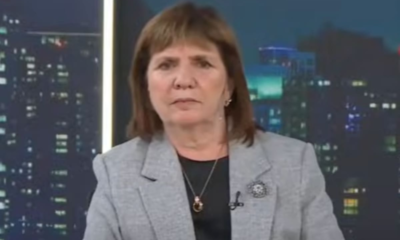INTERNACIONAL
El enigma de Toumaï: un cráneo antiguo que encendió una guerra en la paleontología
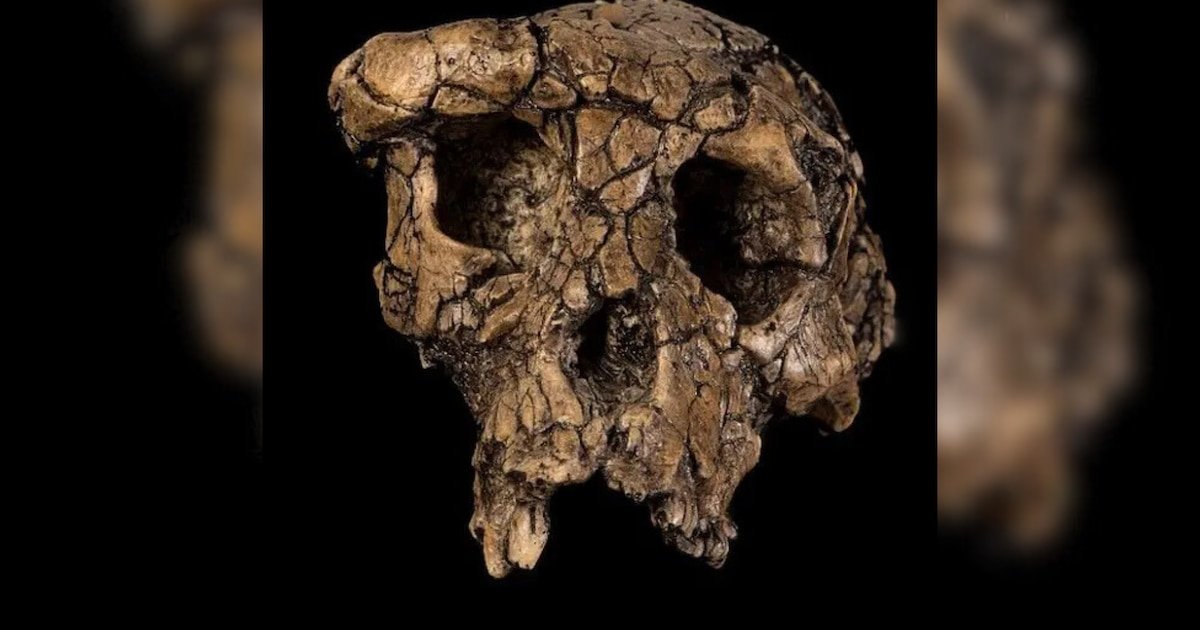
En el verano de 2001, un cráneo ennegrecido y deformado por millones de años bajo el desierto del Djurab, en Chad, cambió el rumbo de la paleontología. Michel Brunet, paleontólogo de la Universidad de Poitiers, presentó lo que describió como “el ancestro de toda la humanidad”.
El hallazgo, nombrado Sahelanthropus tchadensis y apodado “Toumaï” —“esperanza de vida” en la lengua local goran—, prometía reescribir el árbol evolutivo humano.
Sin embargo, detrás del entusiasmo inicial, se gestó una disputa que dos décadas después continúa dividiendo a la comunidad científica: la controversia sobre un fémur atribuido a Toumaï, pieza clave para determinar si este fósil era realmente un homínido bípedo.
Según The Guardian, la lucha por el control, la interpretación y la publicación de este hueso desencadenó una de las rivalidades más intensas y prolongadas en la ciencia contemporánea.
El cráneo de Toumaï fue hallado por un equipo dirigido por Brunet, aunque la expedición concreta fue organizada por el geógrafo Alain Beauvilain, junto a tres colegas chadianos. Con una antigüedad estimada entre seis y siete millones de años, el fósil presentaba rasgos mixtos: una caja craneal pequeña y reborde supraorbital prominente, pero con mandíbula reducida y caninos poco desarrollados. La posición del foramen magnum —orificio por donde pasa la médula espinal— sugería bipedalismo.
El hallazgo se anunció en 2002 en la portada de Nature y en una ceremonia televisada en N’Djamena, capital de Chad. “Por su edad, es el ancestro de todos los chadianos. ¡Pero también el ancestro de toda la humanidad!”, exclamó Brunet.
El descubrimiento, ocurrido a unos 2.400 kilómetros al oeste del Valle del Rift, desafió la teoría predominante sobre el origen oriental de la humanidad. Toumaï fue celebrado como símbolo nacional y científico: la aerolínea chadiana fue rebautizada en su honor y Brunet recibió el Premio Dan David, con una dotación de un millón de dólares.

Desde el inicio, la clasificación de Sahelanthropus tchadensis como homínido fue controvertida. Algunos científicos, en una carta crítica publicada también en Nature, propusieron llamarlo Sahelpithecus, argumentando que el cráneo no probaba de manera concluyente el bipedalismo.
La mayoría coincidía en que serían necesarios restos postcraneales, especialmente un fémur, para esclarecer su forma de locomoción.
En su publicación original, Brunet sostuvo que no se habían recuperado huesos de las extremidades. A pesar de ello, el descubrimiento desplazó a fósiles como Orrorin tugenensis del récord de antigüedad y consolidó a Brunet como una figura de referencia en la paleontología.
La controversia se intensificó en 2004 cuando Aude Bergeret, estudiante de máster en Poitiers, identificó un hueso largo mal clasificado entre los fósiles chadianos. Al advertir el posible valor del fragmento, acudió a Roberto Macchiarelli, paleontólogo italiano y rival de Brunet, quien lo reconoció como la diáfisis de un fémur izquierdo, probablemente de un primate.
Aunque el número de inventario lo vinculaba al mismo yacimiento y momento del hallazgo de Toumaï, Brunet reaccionó con hostilidad al enterarse. Estudió el fémur en privado y reprendió a Bergeret. La universidad organizó una reunión por la “fuga de información científica” y la estudiante perdió el acceso a sus materiales. “Este fragmento, olvida que lo viste”, le advirtió un asesor, según retomó The Guardian.
Las tensiones personales entre Brunet y Beauvilain, apartado del proyecto tras el anuncio de 2002, agravaron el conflicto, que entrelazó cuestiones éticas, científicas y de reconocimiento profesional.

Durante años, el fémur quedó en el limbo. Macchiarelli, convencido de que sus características refutaban el bipedalismo, denunció el caso ante el CNRS y autoridades universitarias, sin éxito. En 2009, Beauvilain publicó una fotografía del cráneo junto a un posible fémur, confirmando su existencia. Poco después, John Hawks, profesor y bloguero especializado, difundió imágenes del hueso, reactivando la polémica.
La comunidad científica se dividió: unos defendían el derecho del descubridor a publicar primero; otros denunciaban la falta de transparencia. “No se puede elegir qué publicar y qué no”, declaró Macchiarelli.
En 2018, él y Bergeret intentaron presentar su análisis del fémur en un congreso en Poitiers, pero fueron rechazados. La prensa francesa habló de “omertà” científica. Un acuerdo posterior permitió al grupo de Poitiers publicar el estudio, mientras Macchiarelli se comprometía a guardar silencio. No obstante, en 2020, junto a Bergeret y otros, rompió el pacto y publicó en el Journal of Human Evolution la primera descripción formal del fémur, concluyendo que pertenecía a un primate cuadrúpedo, no a un bípedo.

La publicación de Macchiarelli fue considerada una traición por el grupo de Poitiers. En 2022, Franck Guy y Jean-Renaud Boisserie publicaron en Nature su propio análisis del fémur y dos cúbitos, usando escaneos micro-CT de alta resolución. Concluyeron que Sahelanthropus era bípedo habitual, aunque también trepaba árboles. “No tenemos evidencia que lo contradiga”, señaló Guillaume Daver, coautor del estudio.
Brunet, aunque no firmó el artículo, celebró el resultado: “Hicieron un excelente trabajo”, afirmó a The Guardian. Por el contrario, Macchiarelli lo calificó de “cuento de hadas” y cuestionó la imparcialidad de Nature. Su coautor Clément Zanolli adoptó una postura intermedia: “No es imposible que Sahelanthropus pudiera usar el bipedalismo, como hacen ocasionalmente los chimpancés hoy”.
Otros expertos consideran que ambas hipótesis son plausibles, aunque no pueden ser simultáneamente correctas. A pesar de los casi 6.000 escaneos y más de 4.900 cortes digitales, la falta de fósiles comparables impide conclusiones definitivas. “La necesidad básica en este campo es recuperar nuevos fósiles”, resumió Tim White, paleontólogo citado por The Guardian.

La disputa por el fémur de Toumaï evidencia las dificultades de reconstruir el pasado humano con datos fragmentarios y la influencia de rivalidades en la ciencia. “La ciencia es una serie de opiniones temporales”, escribió Martin Pickford, co-descubridor de Orrorin tugenensis. La lucha por prestigio y publicaciones puede distorsionar las interpretaciones y afectar trayectorias, como en los casos de Bergeret y Macchiarelli.
El caso Toumaï también subraya la naturaleza provisional del conocimiento paleontológico. “Solo porque quieras saber algo, no significa que puedas saberlo”, reflexionó Bernard Wood, entrevistado por The Guardian.
El medio destaca que, incluso si Sahelanthropus fue un homínido, es improbable que haya sido ancestro directo del ser humano; representa, en el mejor de los casos, una posibilidad evolutiva.
Mientras tanto, la exploración continúa. Brunet, ahora octogenario, enfocó su búsqueda en fósiles de paninos —ancestros de chimpancés y bonobos— aún más escasos que los de homínidos. El desierto del Djurab sigue guardando sus secretos, y Toumaï permanece como un recordatorio de que, en la ciencia de los orígenes humanos, la certeza es tan esquiva como los propios fósiles.
anatomie,anatomie humaine et animale,animal,appareil locomoteur,biologie,biosphère,chimpanzé,contrainte mécanique,espèce,eucaryote,evolution de l’homme,evolution des espèces,fémur,gorille,institut cnrs,locomotion,mammifère,mondes passés,motricité,os,paléoanthropologie,paléontologie,physiologie,phénomène mécanique,phénomène physico-chimique,phénomène physique,primate,présence humaine,restes humains,sans personne,simiiforme,singe,squelette,thématique,vertébrés,vestiges
INTERNACIONAL
WATCH: Lawmakers break down how billions in the ‘big, beautiful bill’ boost Trump’s immigration crackdown

NEWYou can now listen to Fox News articles!
President Donald Trump’s «big, beautiful bill» was signed into law earlier this month, with Republican lawmakers celebrating a broad range of GOP victories in the massive tax-and-spending legislation.
That includes billions of dollars aimed at Trump’s crackdown on illegal immigration in the U.S. Nearly $30 billion is marked for Immigrations and Customs Enforcement (ICE) alone, and $45 billion is going toward building up detention facility capacity.
House Republicans who spoke with Fox News Digital last week hailed that funding boost, even as critics of the Trump administration accuse the White House of taking too heavy a hand on the issue.
«Having that money to now be able to work on the wall along the southern border, to be able to hire more agents, to pay them more, to invest in the technology, to patrol and secure the border – it is hugely important,» Rep. David Kustoff, R-Tenn., told Fox News Digital. «If you ask President Trump, that was the most important issue of the 2024 election.»
COMER DISMISSES BIDEN DOCTOR’S BID FOR PAUSE IN COVER-UP PROBE: ‘THROWING OUT EVERY EXCUSE’
President Donald Trump’s immigration agenda got a huge boost in the «big, beautiful bill.» (Win McNamee/Getty Images and ICE)
Rep. Michael Guest, R-Tenn., who chairs the Subcommittee on Border Security and Enforcement on the House Homeland Security Committee, said the detention facility funding is particularly significant.
Guest urged ICE to use those funds to ramp up «targeted» enforcement against illegal immigrants.
It comes as many on the left and some on the right have urged the Trump administration not to go too far in rounding up suspected illegal immigrants who otherwise pose no known threat to the public.
148 DEMOCRATS BACK NONCITIZEN VOTING IN DC AS GOP RAISES ALARM ABOUT FOREIGN AGENTS
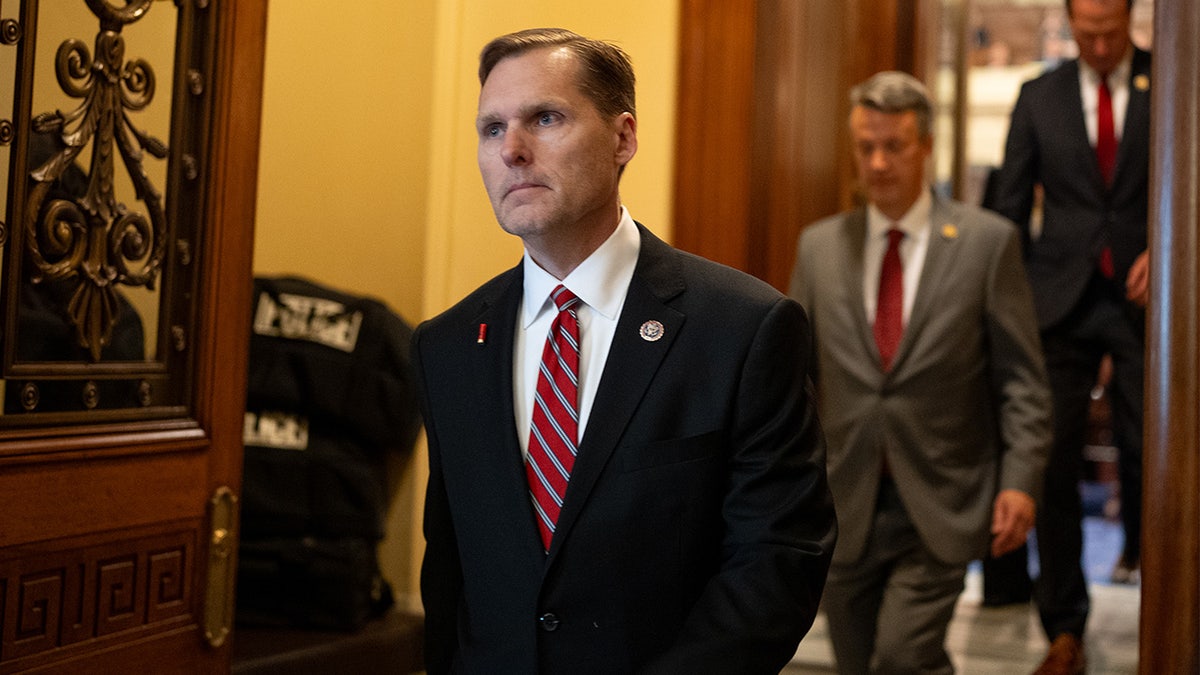
Rep. Michael Guest urged the funding be used for «targeted» enforcement. (Getty Images)
«I think targeted enforcement, making sure that they’re going after the worst of the worst – those individuals who have either committed crimes in the United States or we learn after they released into the interior that they had committed crimes in their country origin, [or] those people who have final orders of removal,» Guest said.
«Those are the people that I believe that ICE needs to be targeting. Those are the people where you see widespread support from the American public that they want to get off the street.»
Rep. Ralph Norman, R-S.C., pointed out that ICE had been asking for that funding for some time.
«Tom Homan has done a tremendous job. He’s indicated for a while he needs more money to keep doing his job. And he’s being fought by everybody, particularly the sanctuary cities, to prevent that from happening,» Norman said. «The least we can do is provide the funding, and we did it.»
And Rep. Derrick Van Orden, R-Wis., said he hoped the increased border and immigration crackdown would help fight the ongoing drug crisis still plaguing the U.S.

Rep. Ralph Norman said border czar Tom Homan has «done a tremendous job.» (Williams/CQ-Roll Call, Inc)
CLICK HERE TO GET THE FOX NEWS APP
«So in order to have a secured border, in order get rid of these criminal, illegal aliens that are raping and murdering American citizens on the regular, we have to have a very strong immigration enforcement system,» Van Orden said.
Reps. Brandon Gill, R-Texas, and Andrew Clyde, R-Ga., highlighted the funding for Trump’s border wall and for more ICE personnel, respectively.
The bill passed the House earlier this month and was signed into law by Trump on the Fourth of July.
In addition to funding immigration operations, it also extends key parts of Trump’s 2017 Tax Cuts and Jobs Act (TCJA), rolls back some Biden administration-era green energy subsidies, and imposes new work requirements for federal aid.
INTERNACIONAL
Ukraine sees sweeping protests over bill weakening anti-corruption agencies
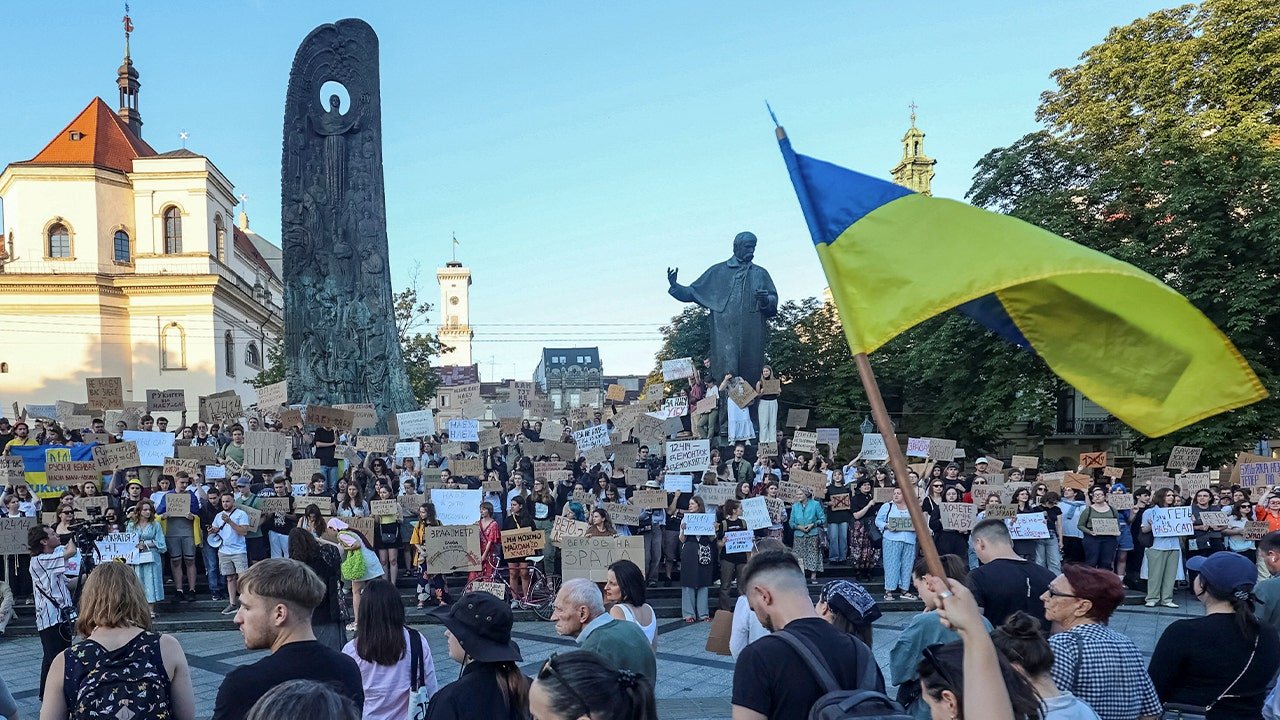
NEWYou can now listen to Fox News articles!
Ukrainians are taking to the streets after the passage of a controversial bill threatening the autonomy of two anti-corruption agencies.
The legislation gives the general prosecutor — who is appointed by the president — increased authority over the country’s National Anti-Corruption Bureau of Ukraine (NABU) and the Specialized Anti-Corruption Prosecutor’s Office (SAPO).
Ukrainian President Volodymyr Zelenskyy is now facing the largest protests since Russia’s 2022 invasion. Demonstrators gathered outside the presidential administration in Kyiv, while other protests took place in smaller cities across the country.
Ukrainians protest in the first wartime rally against a newly passed law, which curbs independence of anti-corruption institutions, amid Russia’s attack on Ukraine, in central Lviv, Ukraine, on July 22, 2025. (REUTERS/Roman Baluk)
UKRAINE’S ZELENSKYY NAMES NEW PRIME MINISTER FOR FIRST TIME SINCE RUSSIA’S WAR BEGAN
The vote came one day after two NABU officials were arrested over alleged ties to Russia, according to Reuters. The outlet said that Ukraine’s domestic security agency, which carried out the arrests, also conducted background checks.
«I gathered all heads of Ukraine’s law enforcement and anti-corruption agencies, along with the Prosecutor General. It was a much-needed meeting — a frank and constructive conversation that truly helps,» Zelenskyy wrote on X. «We all share a common enemy: the Russian occupiers. And defending the Ukrainian state requires a strong enough law enforcement and anti-corruption system — one that ensures a real sense of justice.»
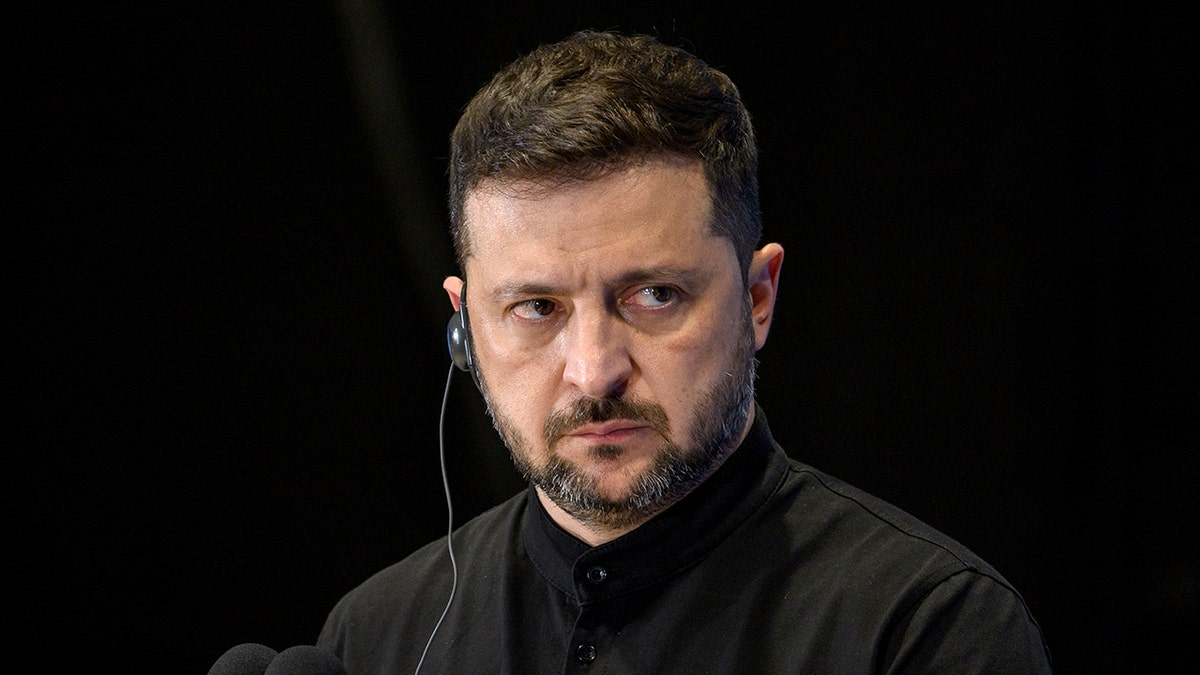
Ukrainian President Volodymyr Zelensky and Italian Prime Minister Giorgia Meloni (not pictured) hold a joint press conference during the Ukraine Recovery Conference 2025 (URC2025) at Roma Convention Center La Nuvola, on July 10, 2025, in Rome, Italy. (Antonio Masiello/Getty Images)
SENATE MOVES TO REIN IN TRUMP ADMINISTRATION’S FLUCTUATING UKRAINE POLICY
«In effect, if this bill becomes law, the head of SAPO will become a nominal figure, while NABU will lose its independence and turn into a subdivision of the prosecutor general’s office,» the agencies said in a joint statement on Telegram, according to the Associated Press.
European Commissioner for Enlargement Marta Kos expressed concern over the vote, saying «the dismantling of key safeguards protecting NABU’s independence is a serious step back.»
Zelenskyy said in another X post, following a meeting that included NABU Director Semen Kryvonos, SAPO Prosecutor Oleksandr Klymenko, Prosecutor General Ruslan Kravchenko, and Head of the Security Service of Ukraine Vasyl Maliuk, that «anti-corruption infrastructure» needs to be «cleared» of «Russian influence.»
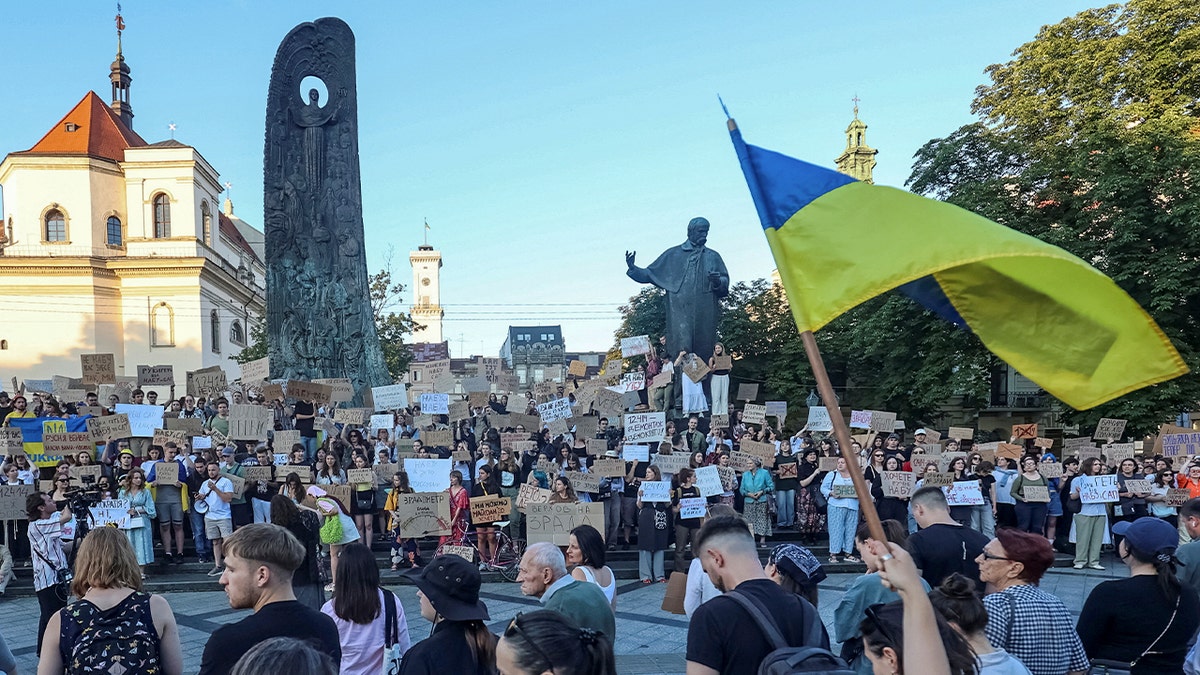
Protesters hold placards during a rally against a law that restricts independence of anti‑corruption institutions on July 22, 2025, in Kyiv, Ukraine. (Ivan Antypenko/Suspilne Ukraine/JSC «UA:PBC»/Global Images Ukraine via Getty Images)
CLICK HERE TO GET THE FOX NEWS APP
The Ukrainian government’s latest move risks endangering its bid to join the European Union, as a crackdown on internal corruption is a requirement. Additionally, it could strain the warming relationship between Zelenskyy and President Donald Trump, who has accused the Ukrainian leader of being a «dictator without elections.»
Both the U.S. and the E.U. have backed activists in Ukraine demanding independent institutions be established and empowered to clean up corruption, according to Axios. However, the pressure dropped significantly after Russia invaded Ukraine.
INTERNACIONAL
«Vemos personas que se desmayan en la calle»: más de 100 organizaciones internacionales alertan sobre una «hambruna masiva» en Gaza

Estados Unidos apuesta a un alto el fuego
Negociaciones trabadas
Israel,Franja de Gaza,Hamas

 POLITICA3 días ago
POLITICA3 días agoExpulsada del Gobierno, Victoria Villarruel empieza a tomar distancia, pero no tiene proyecto político para este año

 POLITICA3 días ago
POLITICA3 días agoLa CGT evalúa adelantar a octubre el recambio de sus autoridades y define una movilización contra Milei

 POLITICA2 días ago
POLITICA2 días ago🗳️ El chamuyo de las elecciones en la Provincia: se postulan, pero no a asumen

























